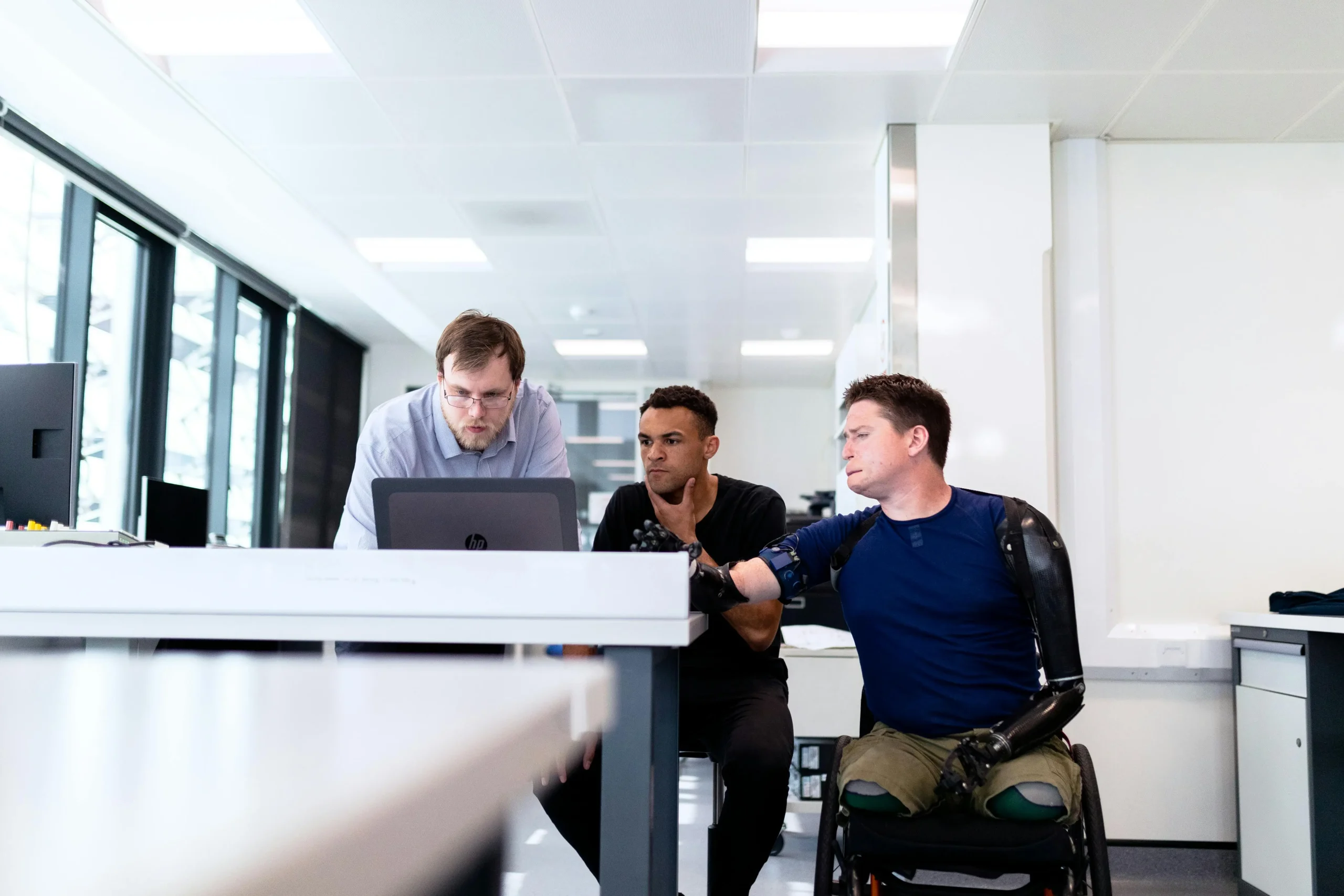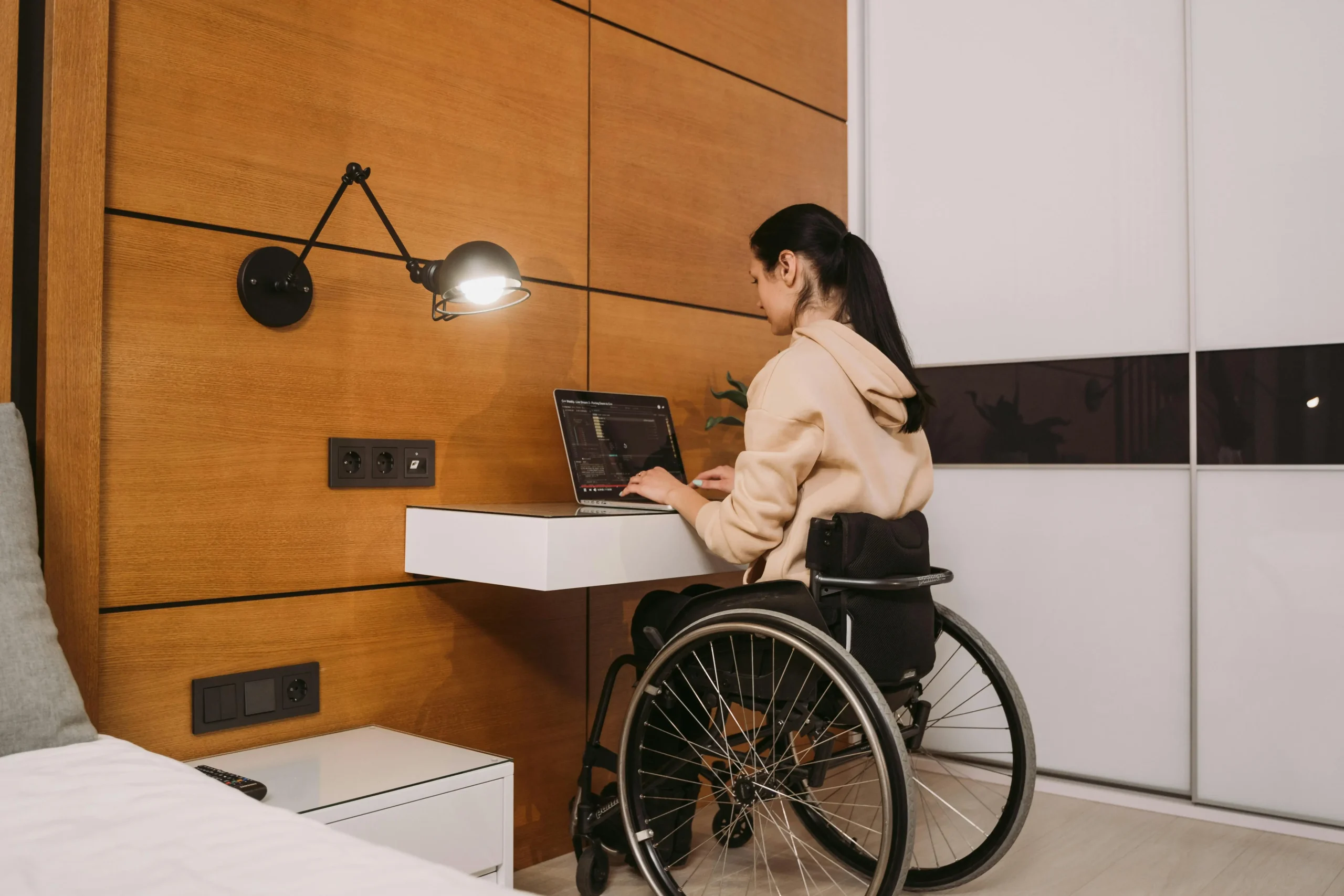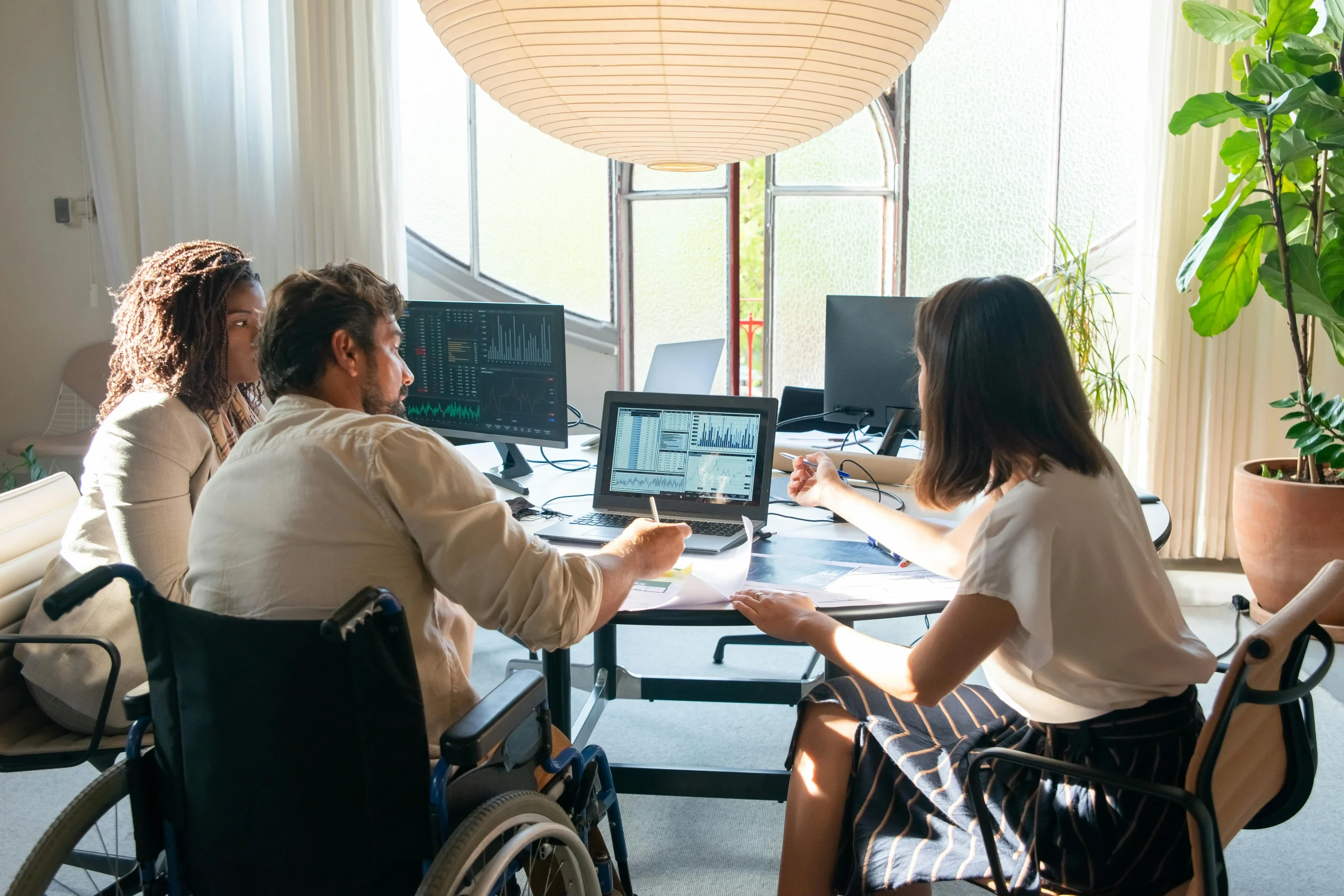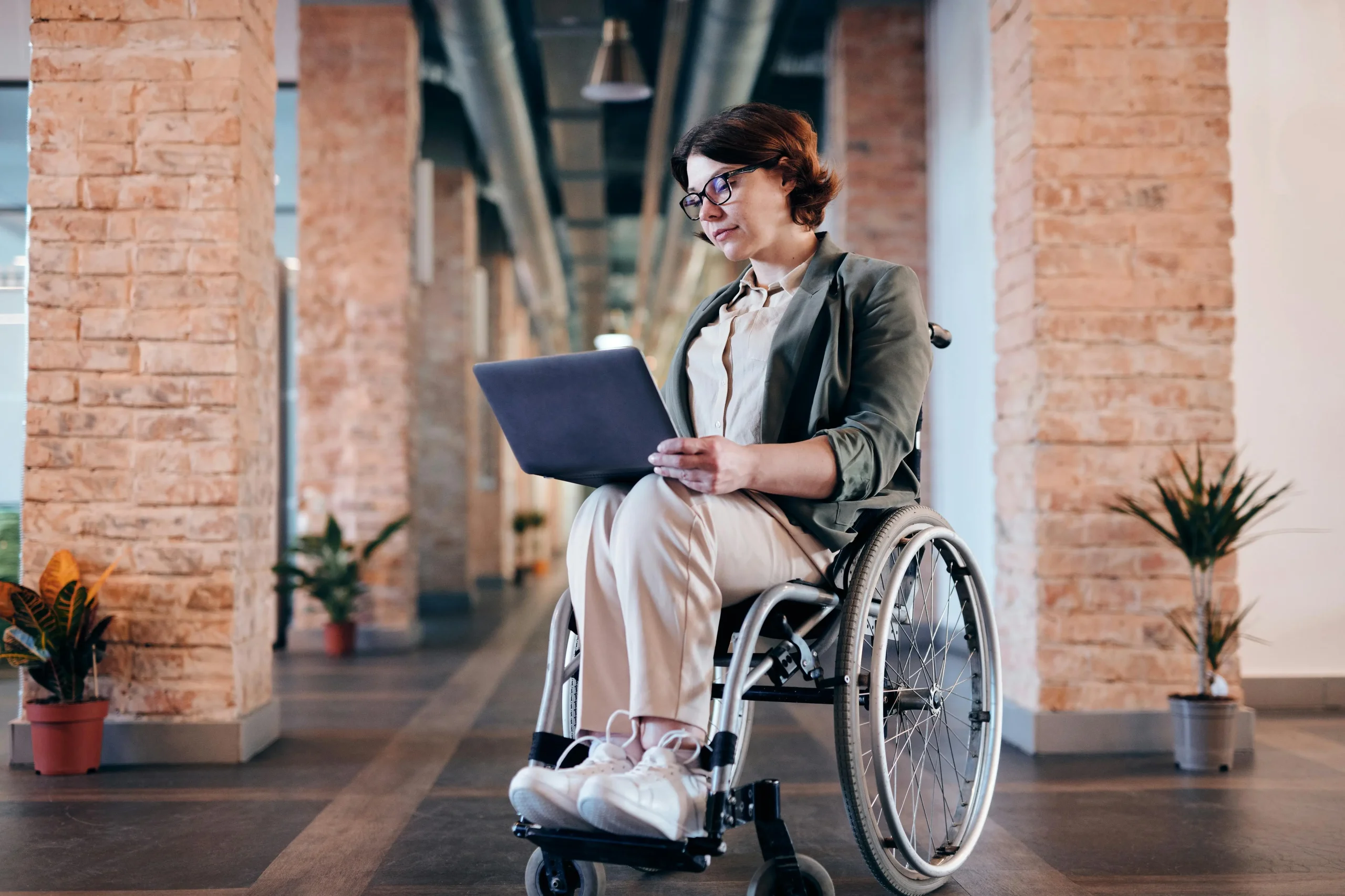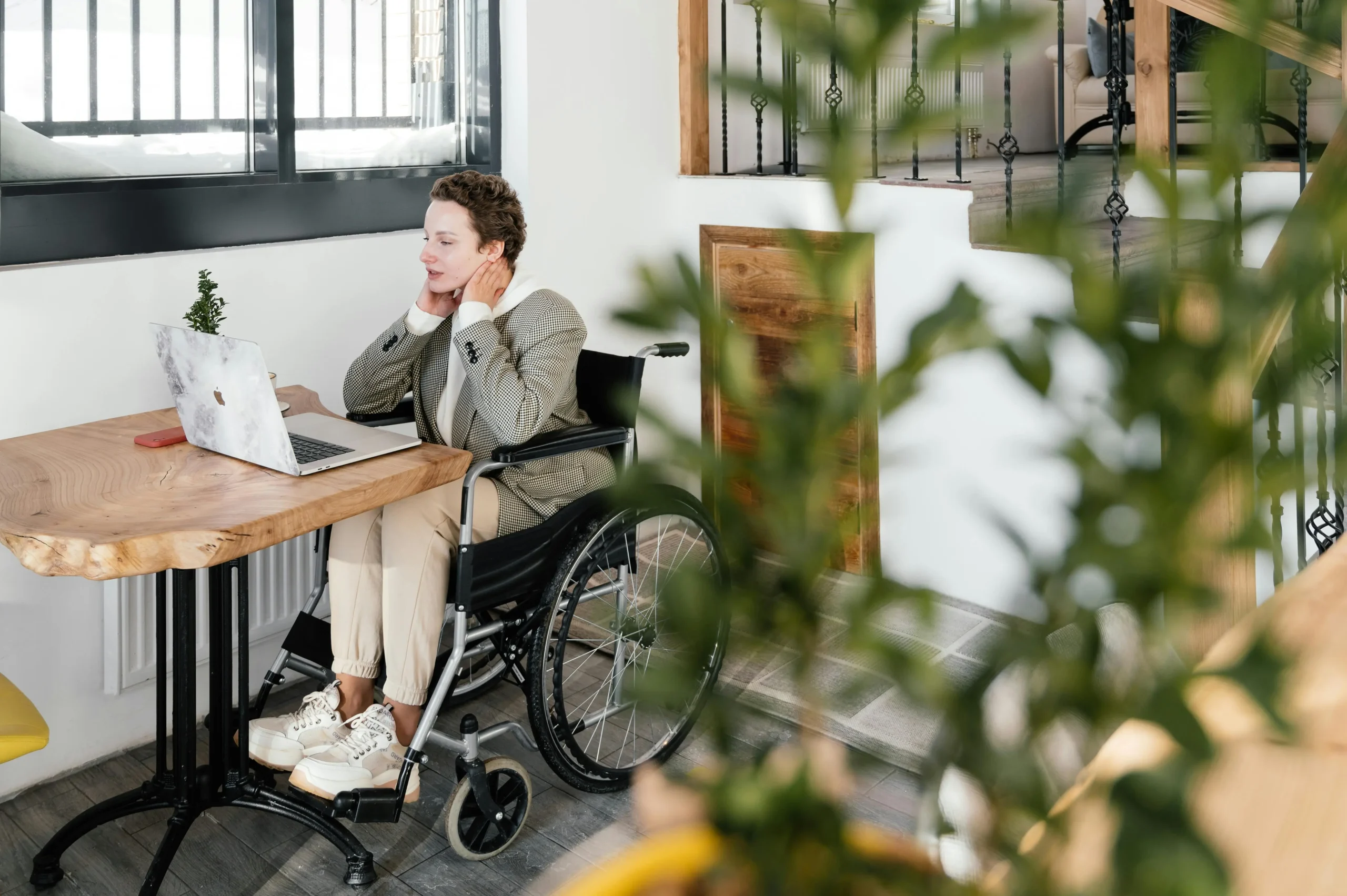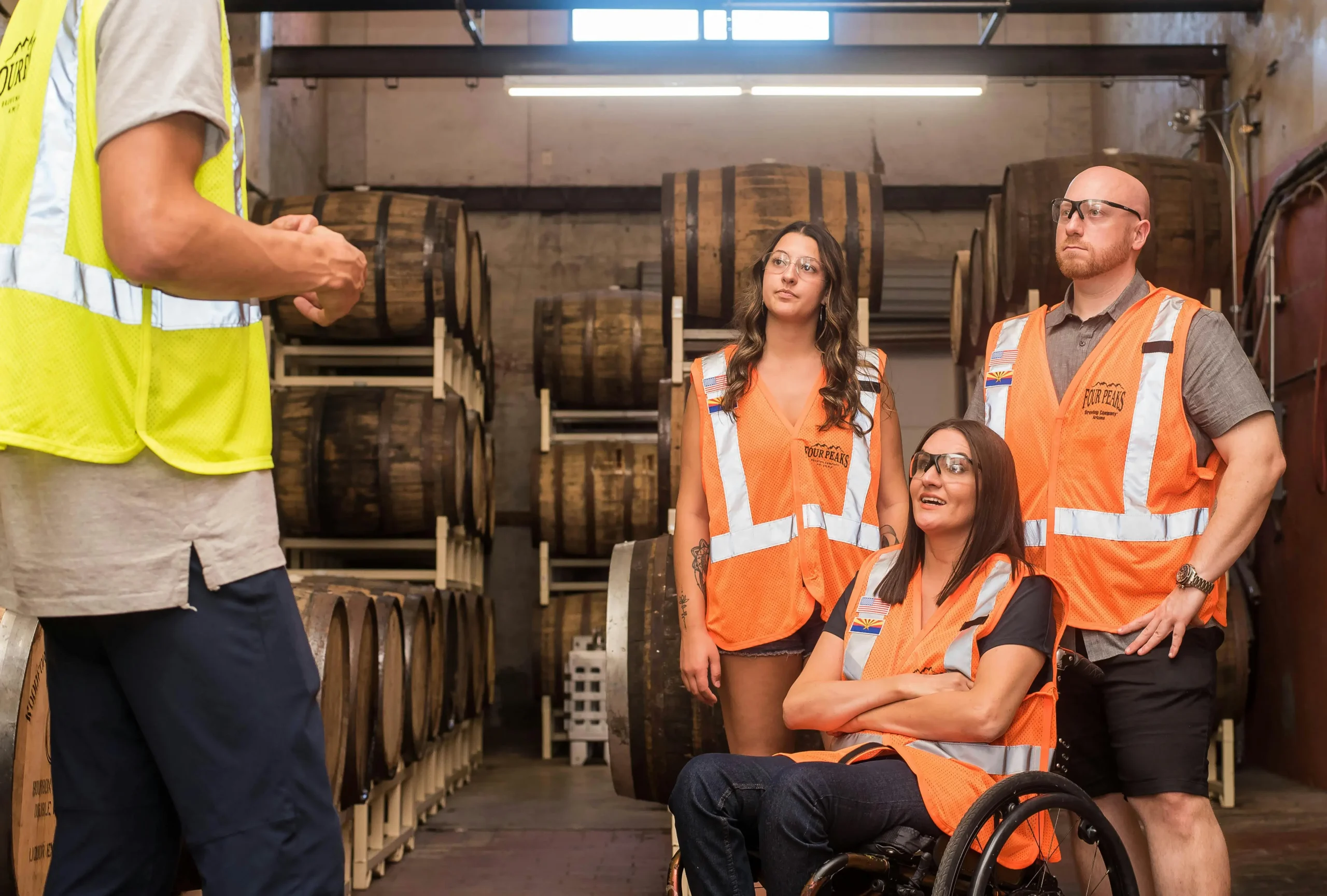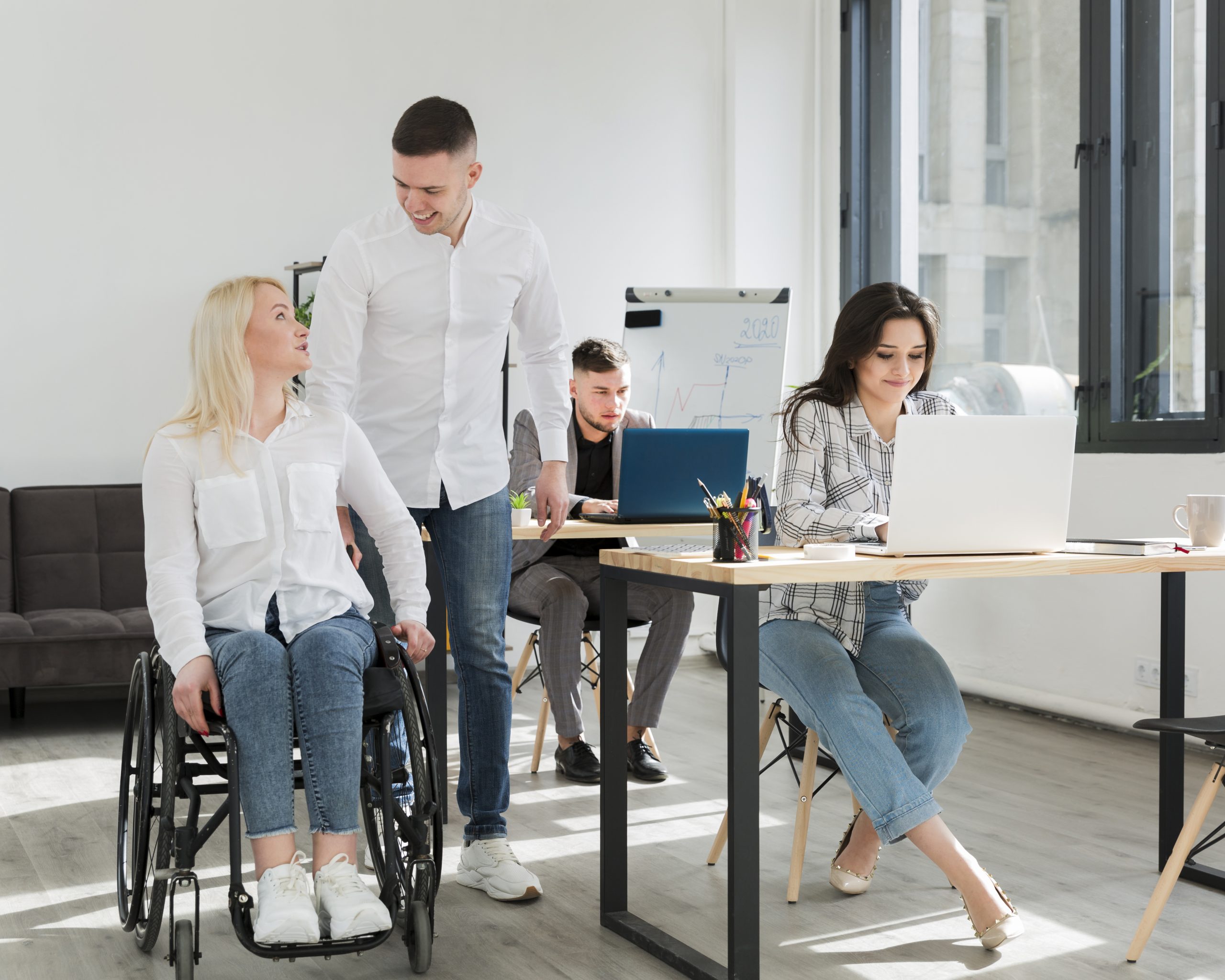All the Career Fair Tips You Need to Succeed as a Disabled Person

Career fairs are a fantastic opportunity for job seekers to connect with potential employers, network, and explore different career paths. However, for individuals with disabilities, navigating these events can present unique challenges. The good news is that with the right preparation and mindset, you can not only participate in career fairs but also excel in them. In this blog, we will provide you with essential tips to help you succeed at career fairs, regardless of your disability.
Early Preparation is Key
The first step to success at a career fair is early preparation. Start by researching the companies that will be attending the event and make a list of those you are interested in. Create a targeted resume and cover letter for each company, highlighting your skills and qualifications relevant to their job openings. Also, research common interview questions and practice your responses.
Early preparation is crucial for individuals with disabilities because it allows them to plan and prepare for any potential challenges they may face. It also gives them the opportunity to identify resources, support services, and accommodations that can help them overcome these obstacles. By starting early, individuals can address any barriers they may encounter and develop strategies to overcome them, increasing their chances of success.
Accessibility Matters
Accessibility is the practice of making sure that everyone, regardless of their abilities or disabilities, can access and use information and services. Unfortunately, many people still face barriers when trying to access digital content because accessibility is often an afterthought in the design process.
One group that faces significant challenges with accessibility is people with disabilities. According to the World Health Organization, 15% of the world’s population lives with some form of disability. This means that approximately 1 billion people need accessibility accommodations in order to access digital content.
People with disabilities face a wide range of barriers when trying to access digital content. These can include physical barriers such as inaccessible websites or software, communication barriers like lack of captions for videos, and attitudinal barriers such as stigma and discrimination.
Dress for Success
Dressing for success is an important aspect of our lives. It not only helps us make a good first impression, but it also boosts our confidence and self-esteem. However, for people with disabilities, dressing up can be a challenging task due to various physical limitations. But with the right mindset and approach, one can overcome these challenges and dress for success.
People with disabilities face a wide range of limitations when it comes to dressing. Depending on their specific disability, they may struggle with tasks such as buttoning shirts, tying shoelaces, or putting on socks. Physical disabilities can also make it difficult to find clothing that fits comfortably and accommodates their needs.
Apart from physical limitations, people with disabilities may also face social and psychological barriers when it comes to dressing. Often, clothes are not designed with disabilities in mind, making it challenging to find suitable and fashionable clothing options. This can lead to feelings of exclusion and low self-confidence.
Disclose Your Disability If You’re Comfortable
Deciding whether to disclose your disability is a personal choice. You’re not obligated to share this information, but doing so can help employers make necessary accommodations. If you decide to disclose, be prepared to discuss any accommodations you might require to perform the job effectively.
As a person with a disability, it can be intimidating to disclose your disability in certain situations. However, disclosing your disability can also bring about many benefits and accommodations that can make your life easier. It is important to know when and how to disclose your disability, as well as your rights and protections under the law.
Networking Skills
Networking is a vital aspect of career fairs. Practice your elevator pitch and have a brief introduction prepared to share with recruiters. Be sure to maintain eye contact, offer a firm handshake if applicable, and engage in active listening. Remember, networking is a two-way street; ask questions about the company and the job to demonstrate your interest.
Networking is the art of building relationships and making connections with people in your field or industry. It is an essential skill for anyone looking to advance their career, find new opportunities, and gain valuable knowledge and insights from others. However, networking can be intimidating for people with disabilities who may face unique challenges in social situations.
Arrange Accommodations in Advance
When planning a trip or vacation, it is important to arrange accommodations in advance. This holds true for everyone but is especially important for individuals with disabilities.
Traveling can present a variety of challenges and obstacles, so it is crucial to prepare as much as possible beforehand. This is particularly true when it comes to finding suitable accommodations that cater to the needs of individuals with disabilities.
First and foremost, it is essential to do thorough research when selecting accommodations. Look for hotels, rental properties, or other lodging options that specifically cater to individuals with disabilities. These establishments are equipped with accessible rooms, ramps, elevators, and other features that make navigating the space easier for those with mobility impairments.
Additionally, consider reaching out to the accommodations provider directly to discuss any specific needs or concerns. This can help ensure that your stay will be comfortable and stress-free.
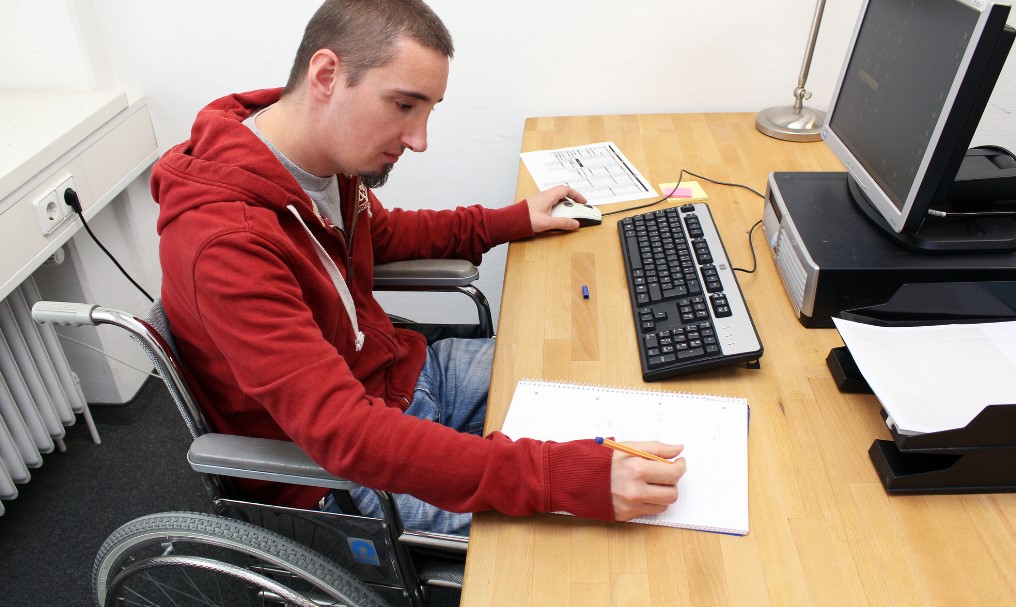
Be Confident and Positive
Firstly, it is important to educate yourself about disability and the language used to describe it. Certain terms or phrases may be considered offensive or outdated, and it is crucial to avoid using them in your writing. Instead, choose the person-first language that puts the individual before their disability. For example, instead of saying “disabled person,” use “person with a disability.” This simple change can make a big difference in how your writing is perceived.
Additionally, it is important to avoid using ableist language in your writing. Ableism refers to discrimination or prejudice against individuals with disabilities and can be perpetuated through language. Avoid using words such as “crazy,” “insane,” or “lame” as they can be hurtful and reinforce negative stereotypes about disabilities.
Furthermore, when writing about disability, it is crucial to avoid pity or inspiration porn. Pity portrays individuals with disabilities as victims, while inspiration porn presents them as heroic for simply living their lives. Both of these attitudes are harmful and do not accurately represent the disabled community. Instead, focus on highlighting their capabilities, achievements, and contributions.
Practice, Practice, Practice
Practicing can help individuals with disabilities to improve their motor skills, coordination, balance, and concentration. For example, a person with cerebral palsy may practice using assistive devices such as crutches or wheelchairs to improve their mobility.
By continuously practicing and improving their skills, individuals with disabilities can gain a sense of accomplishment and develop self-confidence. This can lead to increased self-esteem and a more positive outlook on life.
Individuals with disabilities often face unique challenges in their daily lives. Through practice, they can learn how to overcome these challenges and become more resilient.
Follow-Up
One of the key aspects of successful follow-up for people with disabilities is communication. Regular meetings or check-ins can help facilitate open and honest communication between the person with a disability and their support team. This allows for any challenges or concerns to be addressed in a timely manner.
During these follow-up meetings, it is important to focus on the individual’s goals and how they are progressing towards achieving them. It is also important to involve the person with a disability in the decision-making process, as this can greatly improve their sense of autonomy and empowerment.
Additionally, follow-up should include a review of any accommodations or assistive devices that were provided to the person with a disability. This can help identify if they are still meeting their needs or if any adjustments need to be made.
Seek Support
As more and more people are becoming aware of the importance of inclusion and diversity, the topic of disability has gained much attention. Disability is an umbrella term that encompasses a wide range of impairments, activity limitations, and participation restrictions. It can be physical, cognitive, intellectual, mental or sensory.
According to the World Health Organization (WHO), over 1 billion people – or approximately 15% of the world’s population – live with some form of disability. This means that people with disabilities are a significant minority group, and they face various challenges in their daily lives.
One of the biggest challenges faced by individuals with disabilities is seeking support. Whether it is for physical accessibility, accommodations at work or school, emotional support, or access to healthcare, seeking support can often be a daunting and frustrating experience for people with disabilities.
Conclusion
Navigating a career fair with a disability may present unique challenges, but with proper preparation and a positive mindset, you can succeed in connecting with potential employers and advancing your career. Remember that your disability is just one aspect of who you are, and your skills, qualifications, and enthusiasm are what truly matter to employers. By following these tips, you can maximize your chances of success at career fairs and take a significant step toward your career goals.


